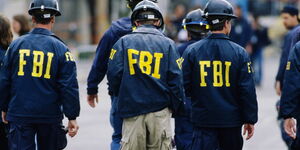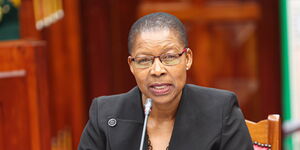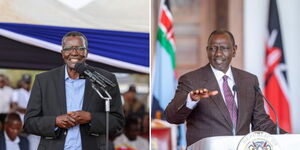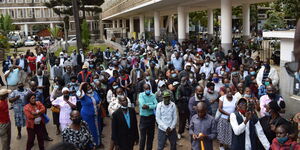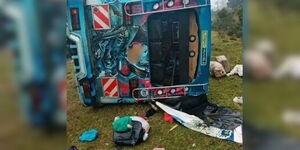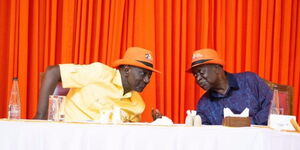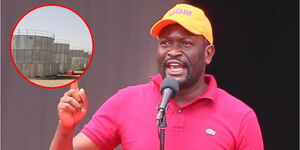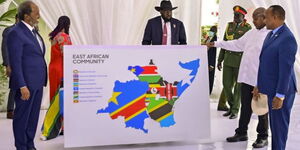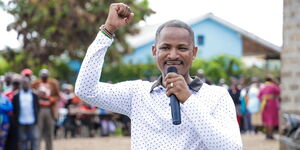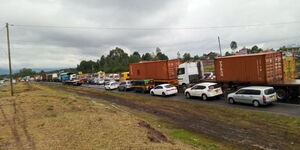Some major events in Kenya’s history laid the foundation for the developments we enjoy today as a nation. A few examples of these events are documented as follows:
Former presidents, Jomo Kenyatta, Mwai Kibaki and Pan-africanist Tom Mboya celebrate the 1963 KANU general elections victory.
Elections were held between 18 May and 26 May 1963, Kanu won 83 out of 124 seats in the house of representatives and 18 out of 38 seats in the senate.
Five seats in the House and three in the Senate remained unfilled due to a secessionist conflict on the border with Somalia.
First-ever passenger train leaves Kilindini harbour to Voi, 02/04/1898
This was a metre gauge railway established to connect the interiors of Uganda and Kenya with the Indian Ocean port of Mombasa in Kenya by the British.
To date it is run and maintained by the Kenya Railways Corporation in conjunction with the Uganda Railways Corporation.
A Kenyan Driving licence, 1927
This is how the first generation copy of diving licenses looked. 94 years later, Kenyans are shifting to digitized driving licences. The first generation driving licences did not even have an image of the holder, just the name was enough.
First District Officers’ Office and Courthouse in Nairobi, 1900
In order to oversee the colony and adjudicate legal matters, the British set up this administrative office and courthouse in Nairobi to discharge administration functions. The District Officers at this time exclusively British.
Traffic police,1940
Police wore shorts during this era and they had to stand on raised platforms in the middle of major roads to control traffic. They were essential the traffic lights of the time.
Indian soldiers Guarding the railway, circa 1915
Tsavo had become a place of terror for workers who built and maintained the railway because of the lions that developed a taste for human flesh. Armed guards had to be deployed for the workers’ protection.
Jevanjee gardens 1910, formally Victoria gardens
Donated to Residents of Nairobi by Alibhai Mullah Jevanjee in 1906, this land has been subject to controversy in the past when Nairobi city council attempted to render it extinct by planning to develop the 5-acre tract of land. The park was private property and it is held in trust for the people of Nairobi.
Detention Camp,1954
These camps were meant to hold MAU MAU collaborators as rehabilitation centres. The freedom fighters were, however, subjected to harrowing torture by the British colonial authorities.
First Printing press,1928
First Printing Press in Kisumu was owned by Vithalji Harji Jobanputra in 1928.
Kavirondo men communally enjoying a traditional brew
Drinks were brewed at the villages and shared among revellers. The drink would be served in a communal pot and those imbibing would sip it through their individual straws.

